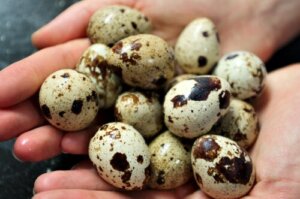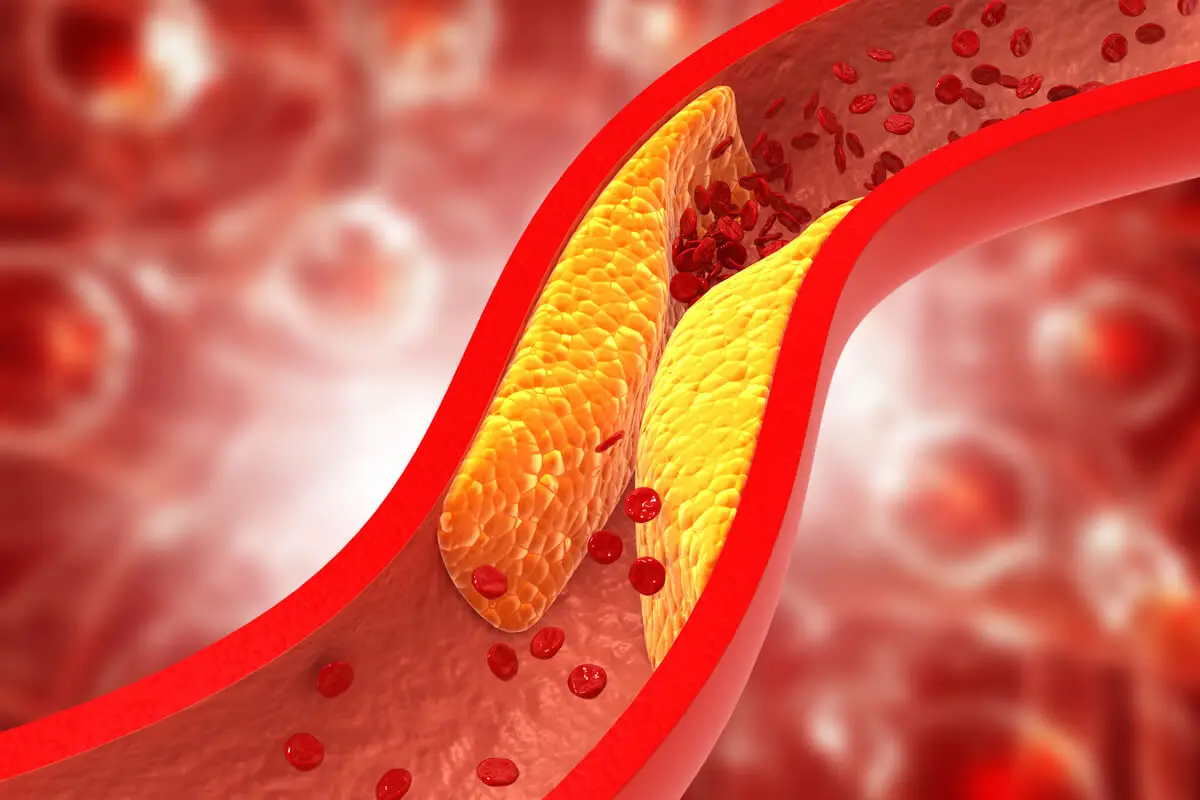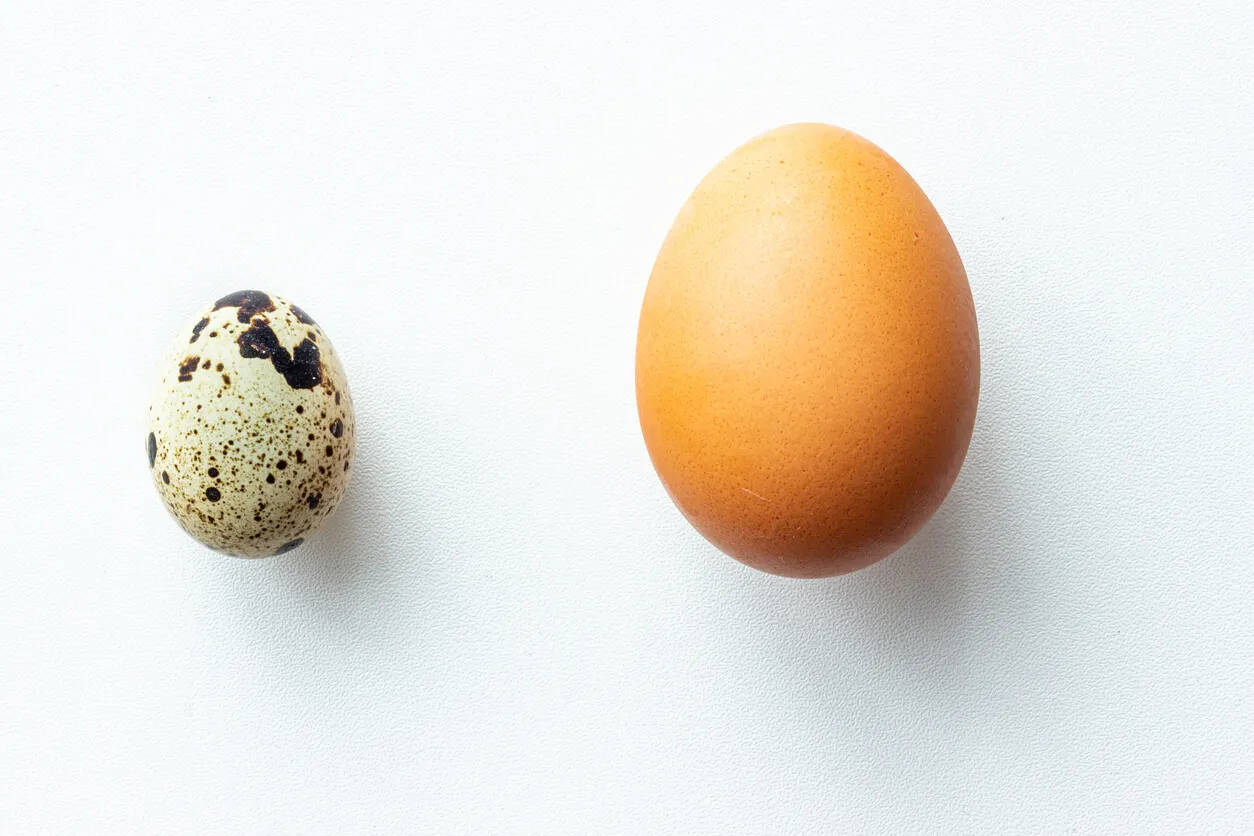Quail Eggs: Nutritional Value and Benefits


Written and verified by the nutritionist Saúl Sánchez Arias
Quail eggs are very healthy, and can be included in your diet on a regular basis. They’re smaller than chicken eggs, but have a very similar taste.
In terms of nutritional value, they’re higher in calories and have a high content of certain essential minerals. They can be excellent for preventing deficits.
Before starting, it should be noted that, in order for a diet to be healthy, variety and balance must be ensured. It’s key to introduce different foods, as well as to consume the same calories that are spent on a daily basis.
Nutritional information on quail eggs
About 5 quail eggs provide about 90 calories, with almost 7 grams of good quality protein. They also contain a similar amount of lipids, with carbohydrates being the least significant macronutrients.
As far as minerals are concerned, the following should be highlighted in 100 grams (4 oz) of product:
- 1.65 milligrams of iron
- 39.5 milligrams of potassium
- 39.5 milligrams of calcium
They have vitamins such as A, D, folic acid and B12. For this reason, their nutritional density can be considered high. As is the case with chicken eggs, their consumption isn’t connected to an alteration of the lipid profile or to an increased risk of developing heart problems.

Read more here: Is it Bad to Eat Raw Eggs?
Health benefits
Quail eggs, thanks to their protein content, can help prevent changes in lean mass. Their high biological value proteins, with all the essential amino acids, score well in terms of digestibility.
It’s important to ensure an intake of at least 0.8 grams of protein per kilogram of body weight per day in sedentary people. So says a study published in the journal Annals of Nutrition & Metabolism.
Moreover, these eggs can help prevent anemia. This is due to the presence of iron and vitamin B12.
The pathology causes chronic tiredness and fatigue. However, dietary iron isn’t well absorbed in the intestine. For this reason, it’s always recommended to combine it with a dose of vitamin C, according to research published in the Annals of the New York Academy of Sciences.
It should also be noted that quail eggs will help prevent the development of problems related to visual health. This is due to their vitamin A concentration. This nutrient has been shown to be decisive in preventing macular degeneration typical of the passing of the years.
This element could even act as an antioxidant. It neutralizes the formation of free radicals and their subsequent accumulation in the tissues.
How to prepare quail eggs?
When cooking quail eggs, a process similar to that used for chicken eggs should be followed. You should introduce them carefully, one by one, in a pot with water and salt, leaving them between 3 and 5 minutes so that they cook well inside. After this time, they should be immersed in cold water for a couple of minutes before taking off their shells.
Including them in your diet on a frequent basis is quite simple. They go well with salads and work on skewers.
Another alternative is to grill them with a little extra virgin olive oil. You pair them with vegetables and a high quality carbohydrate source, such as quinoa or rice.

You may also be interested in: How to Make Perfect Boiled Eggs According to Science
Quail eggs are very healthy!
Quail eggs are very healthy and can be included in the diet on a regular basis to ensure optimal nutritional intake. They don’t produce harmful changes in the lipid profile and help to cover the daily requirements of iron, selenium, and zinc. All these minerals will be essential for internal homeostasis, and to promote hormonal balance.
Finally, keep in mind that it’s vital to consume enough protein on a daily basis. The inclusion of eggs, both quail and chicken, is very beneficial in this context. This will prevent the loss of lean mass that occurs over the years.
All cited sources were thoroughly reviewed by our team to ensure their quality, reliability, currency, and validity. The bibliography of this article was considered reliable and of academic or scientific accuracy.
- Richter M, Baerlocher K, Bauer JM, et al. Revised Reference Values for the Intake of Protein. Ann Nutr Metab. 2019;74(3):242-250. doi:10.1159/000499374
- Lynch SR, Cook JD. Interaction of vitamin C and iron. Ann N Y Acad Sci. 1980;355:32-44. doi:10.1111/j.1749-6632.1980.tb21325.x
- Saari JC. Vitamin A and Vision. Subcell Biochem. 2016;81:231-259. doi:10.1007/978-94-024-0945-1_9
This text is provided for informational purposes only and does not replace consultation with a professional. If in doubt, consult your specialist.








